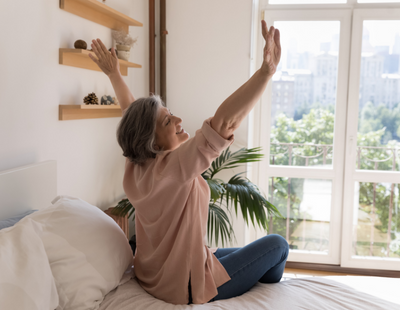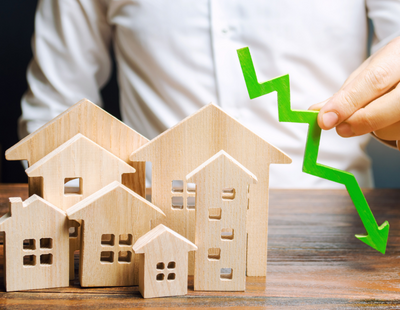
Landlords who bought soon after the launch of the first buy-to-let mortgage in 1996 are retiring in increasing numbers.
Research from lettings agency Hamptons shows that with the average landlord turning 60, it’s predominantly these older investors who are leaving the market.
Hamptons’ estimates suggest that around 140,000 landlords retired in 2022 accounting for nearly three-quarters of all landlord sales.
This figure is likely to continue rising over the coming years with around 96,000 landlords turning 65 each coming year across Great Britain.
This in addition to the almost one million landlords who are already over the age of 65.
Over the last 12 years between 2010 and 2022 the agency estimates the number of landlords retiring annually has doubled as their demographic sector ages.
The purchases made by these landlords 15 to 25 years ago following the introduction of the buy-to-let mortgage still make up the majority of privately rented homes in Great Britain.
Some 51 per cent of today’s total number of outstanding buy-to-let mortgages were taken out between 1996 and 2007. And it’s this cohort of ageing investors who bought when the sector was growing rapidly that are now increasingly likely to sell up and cash out, Hamptons claims.
They leave behind a gap which is not being filled by new landlords entering the sector. Some 45 per cent of homes sold by landlords so far this year were bought at least 15 years ago, a figure which has risen in each year since 2018 when it stood at just 33 per cent.
Hamptons says this proportion is likely to continue rising as more landlords reach retirement having bought their buy-to-let a couple of decades ago.
Many of the first buy-to-let mortgages were used to purchase new low-rise city centre flats and it’s these flats which form the largest proportion of sales by today’s long-term landlords.
Suburban London tops the list with 60 per cent of landlord sales in Redbridge having been owned for 15-plus years, followed by 59 per cent in Ealing, 58 per cent in Harrow, 55 per cent in Barnet and 53 per cent in Enfield.
While age tends to be the primary trigger for selling up, in many cases the decision to sell has been compounded by lower-than-average returns, which in turn have been exacerbated by higher interest rates.
An investor who bought 20 years ago was achieving a gross yield of 4.3 per cent relative to their sale price, compared to a landlord buying today who is achieving 6.1 per cent.
Hamptons suggests that this implies that in many cases, these landlords are selling homes where long-term tenants were paying rents which have slipped below market rates.













%20-%20IMAGE%20Client%20Accounting%20%E2%80%93%20what%20are%20your%20options.jpg)





Join the conversation
Be the first to comment (please use the comment box below)
Please login to comment